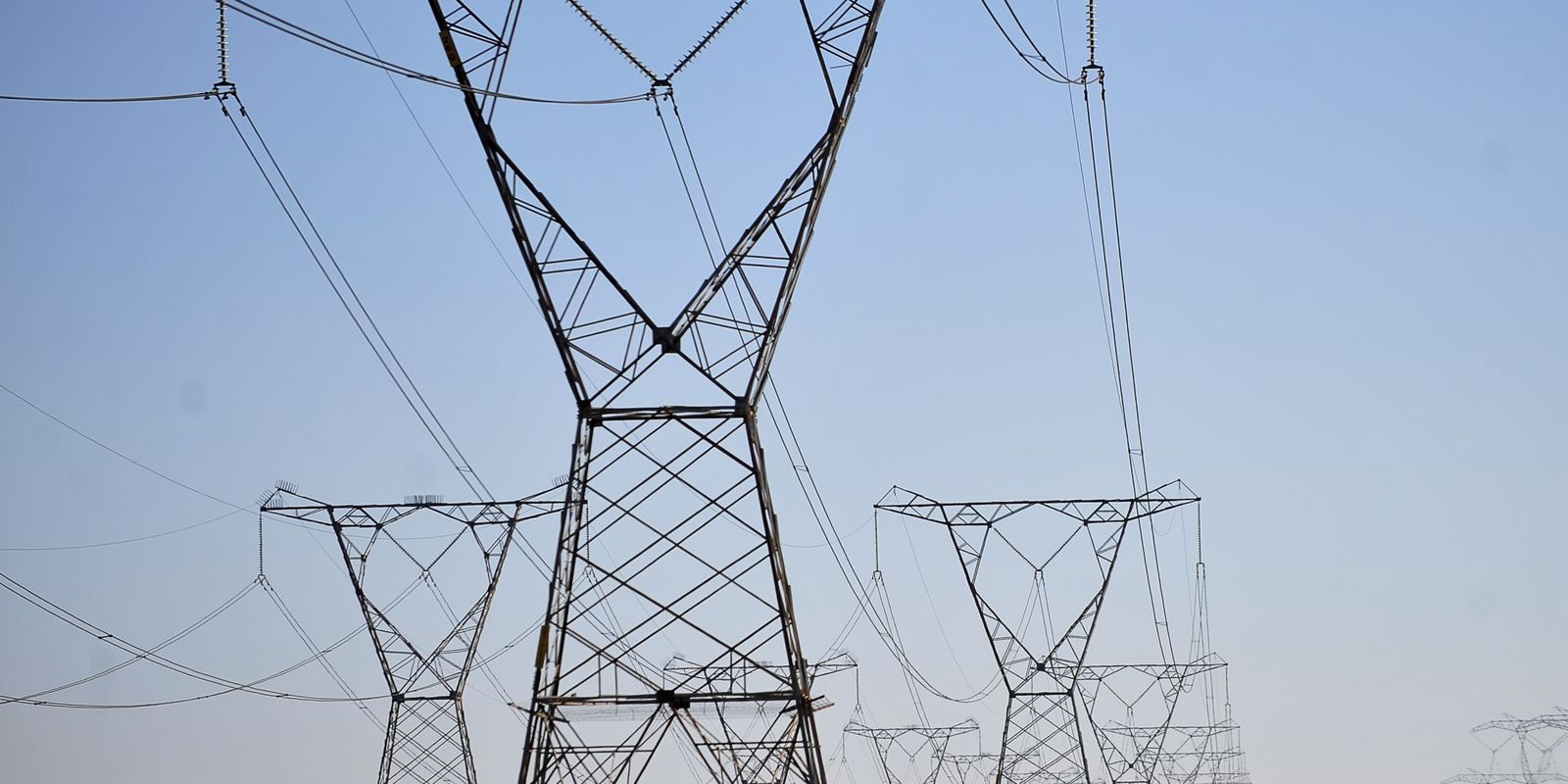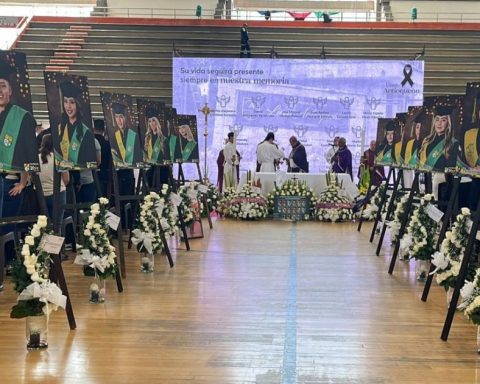The National Electric System Operator (ONS) approved preventive measures this week to guarantee the supply of energy throughout the country. The measures were defined in light of the drought scenario in the North and Northeast regions, drought in the Southeast and Central-West regions and uncertainties about the degree of impact of the La Niña phenomenon for the quarter of September, October and November, indicating below-average rainfall and above-average temperatures throughout the country.
The actions were discussed during the 295th meeting of the Electricity Sector Monitoring Committee (CMSE), of the Ministry of Mines and Energy.
For the period from September to December, the ONS outlined a scenario of high demand for energy and low contribution from wind generation. With this, it signaled the need to use resources from the operating reserve to meet the maximum demand of the system.
Among the actions established and to be implemented is the continued shipment of electricity produced by the natural gas-fired thermoelectric plants Santa Cruz, located in Rio de Janeiro, and Linhares, in Espírito Santo, throughout the month of November. The possibility of flexible dispatch of energy generated by the Santa Cruz, Linhares and Porto Sergipe thermoelectric plants is foreseen. The objective of this flexible shipment is to seek to reduce the total cost of operating the National Interconnected System (SIN), considering the variable unit costs that will be authorized by the National Electric Energy Agency (Aneel).
The meeting also decided to coordinate the operation of the Belo Monte intermediate reservoir in Vitória do Xingu, Pará, as an exceptional measure. The reservoir will have a minimum flow rate of 100 cubic meters per second, subject to the necessary licenses and authorizations. Another discussion will focus on the start of operations of the 500 kilowatt (KW) Porto Sergipe – Olindina – Sapeaçu Transmission Line; the 500 KW Terminal Rio – Lagos Transmission Line; and the 345 KW Leopoldina 2 – Lagos Transmission Line, to ensure the flow of energy during the months of September, October, November and December.
According to the ONS, although the scenario in the North Region is unfavorable in terms of climate, water storage in reservoirs for the generation of energy dispatched in the National Interconnected System is 58%. At the end of the dry season, storage is estimated to be between 42% and 39%.
Elections and burnings
The Electric Sector Monitoring Committee also discussed the special operation of the electrical system for the municipal elections. The ONS should propose safety measures to guarantee the supply of electrical energy throughout the national territory, and Aneel presented actions against the shutdowns of substations caused by the fires. The objective of the preventive measures is to increase the reliability of the Brazilian electrical system.
Generation and transmission
The expansion verified in August 2024 was 571 megawatts (MW) of installed capacity for centralized electricity generation and 1,683 MVA of transformation capacity. Thus, in 2024, the expansion totaled 7,096.5 MW of installed capacity for centralized generation, 2,409.4 km of transmission lines and 10,730 MVA of transformation capacity.













